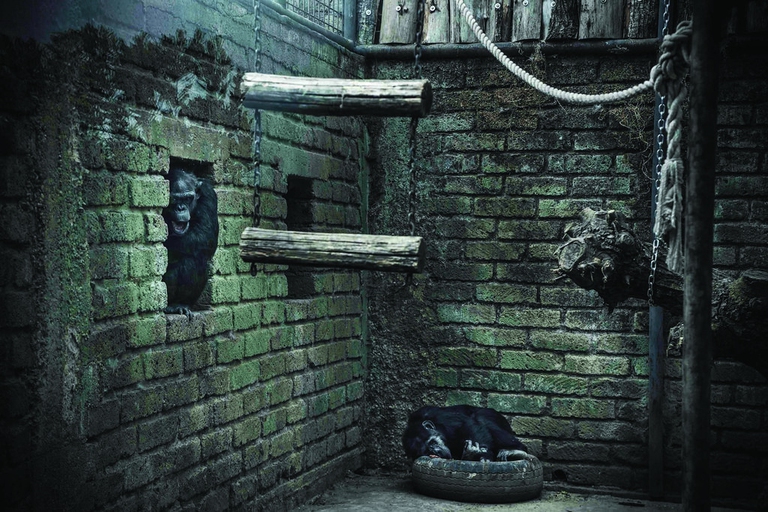
Our species took its first steps in a world covered in trees. Today, forests offer us sustenance, shelter, and clean the air that we breathe.
Le condizioni degli zoo in Europa sono pessime. Ma ora possiamo chiedere norme migliori e controlli sul benessere degli animali. La denuncia in mostra a Bruxelles.
Animals in European Zoos is a photo feature that lays bare the conditions animals have to endure in 4,000 European zoos, which should have the conservation of biodiversity as their main aim. The powerful photographs were exhibited in the European Parliament in Brussels in October.
The exhibition was organised by the Born Free Foundation, which also arranged a meeting with MEPs to discuss the directive relating to the keeping of wild animals in zoos and, particularly, the role of zoos and animal welfare. The photographs were taken in European facilities that seem not able to meet the standards provided by the directive.
The European directive on zoos is currently being reviewed in order to assess its effectiveness, efficiency, coherence and relevance with other policies and European laws. All citizens can contribute through an online questionnaire until the 8th of December. This is a procedure being applied to all European laws and represents an occasion for change. The directive will be evaluated on its explicit aim of promoting the conservation of wild species and enhancing the role of zoos in protecting biodiversity. Results will be published later in 2017.
In 2011, the Born Free Foundation published a report following an investigation into dozens of European zoos. Results were appalling and showed how some countries don’t enforce the law, lack controls and skills to properly run facilities.
“Despite the advances in knowledge about individual species and their biological needs, many animals are still kept in sub-standard conditions in EU zoos,” said Daniel Turner, Associate Director for European Compliance at Born Free. “Born Free is convinced this is unacceptable and hopes this collection of photographs will help influence a greater commitment to improving standards in animal welfare in Europe’s zoos”.
Though we don’t know what animals are thinking, these tragic photographs show them in unnatural, degrading and humiliating conditions. And we now have the chance to ask for regulations to be implemented. We can do it now.
Siamo anche su WhatsApp. Segui il canale ufficiale LifeGate per restare aggiornata, aggiornato sulle ultime notizie e sulle nostre attività.
![]()
Quest'opera è distribuita con Licenza Creative Commons Attribuzione - Non commerciale - Non opere derivate 4.0 Internazionale.
Our species took its first steps in a world covered in trees. Today, forests offer us sustenance, shelter, and clean the air that we breathe.
Poachers in Africa are encroaching on wildlife land and killing rhinos in travel hot spots now devoid of visitors due to the coronavirus pandemic.
Actor and environmental activist Leonardo DiCaprio has contributed two million dollars to a fund to protect Virunga National Park in Congo from threats such as terrorism, the coronavirus and poaching.
For the first time in seventeen years, Iceland’s two main whaling companies won’t resume whale hunting. The announcement concerns this year’s season but could carry into the future.
The relationship between the coronavirus and wildlife is complex: while the pandemic may lead to a reduction in the illegal trade in wild animals, it may also encourage it in other respects.
The largest coral reef in the world is severely threatened by climate change, but researchers are developing strategies that could contribute to saving the Great Barrier Reef.
NGO Free the Bears has opened a mountain sanctuary for moon bears in Laos. With the government’s help, it aims to close all bile farms by 2022.
Seychelles have extended its marine protected area, which now covers over 400,000 square kilometres, an area larger than Germany.
The tapir was reintroduced into Brazil’s Atlantic Forest, the country’s most at-risk ecosystem. The species can play a key role in the forest’s recovery.








